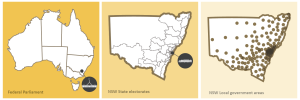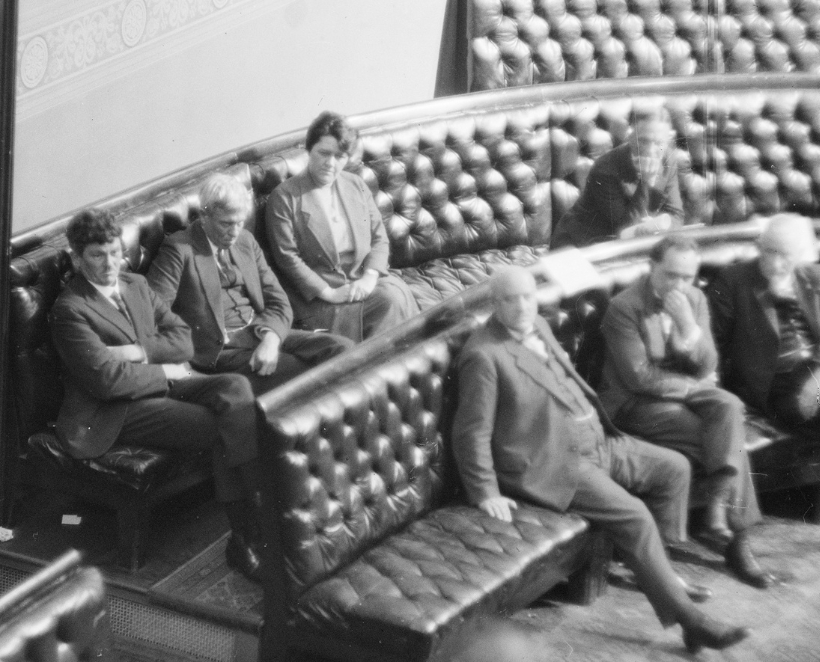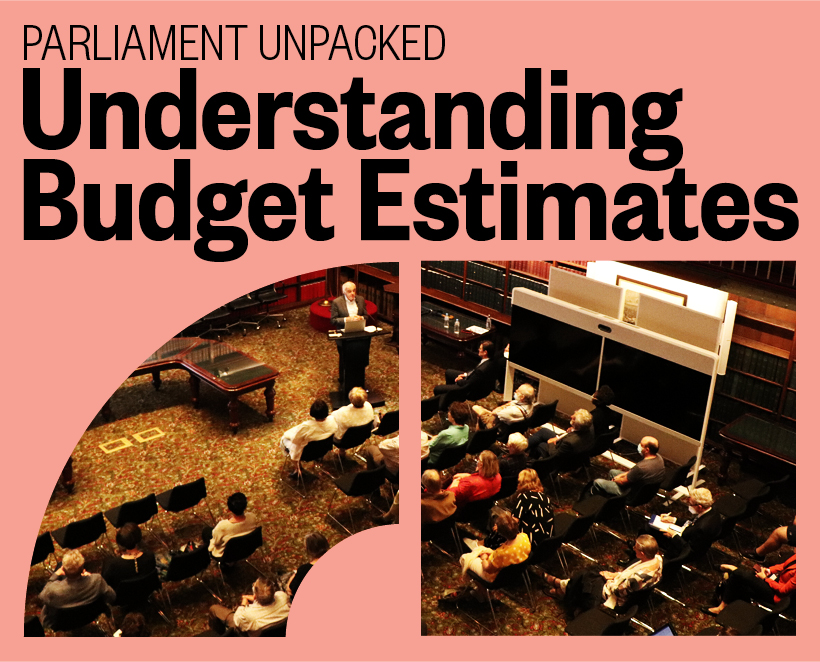
What is Federalism?
In 1901, big changes took place around the nation. Six self-governing British colonies – New South Wales, Victoria, Queensland, South Australia, Western Australia and Tasmania – united to form the Commonwealth of Australia under a new national Constitution. This process is known as federation.
Federalism has recently become a talking point, as emergency responses to the COVID-19 pandemic highlighted the tension between Federal and state/territory powers. You might have noticed the Federal government made decisions about Australia’s borders, while state and territory governments managed healthcare and education. This is because of federalism.
What does federalism mean?
Federalism is a system of government where power is divided between a central national government, and local regional governments. In Australia, there are three levels of government: federal, state/territory, and local.

Federalism strengthens Australia’s parliamentary representative democracy and means specific federal, state or local matters can be addressed more efficiently.
Federalism in Action: The Three Levels of Government
The Australian Constitution established two levels of Australian government: federal, and state/territory. Each level has different powers and responsibilities, which are outlined in the Constitution.
The Federal government represents the whole nation. Its powers and responsibilities under the Constitution include:
- Defence
- Foreign Affairs
- Immigration
- Post and Telecommunications
State and territory governments are responsible for making laws in any area not assigned to the Federal government. These include:
- Hospitals
- Schools
- Emergency Services
- Public Transport
The third level of Australian government, local government, is not mentioned in the Constitution. Instead, local governments are established in each state by a Local Government Act. These acts delegate some state responsibilities to local government and give local government the power to make and enforce by-laws.
Local government is designed to cater to specific local needs. These can include:
- Libraries
- Parks
- Waste disposal
- Community centres/services
Federalism and the parliament
The Constitution also established the Federal Parliament, comprising the House of Representatives and the Senate. The House of Representatives currently has 150 members, each representing an Australian electorate. The Senate consists of 76 Members – 12 from each state and two from each territory.
The Parliament is not the same as the Government. This is because of the separation of powers, which you can read more about here. Essentially, the Government refers to the Premier and Ministers of a State Government or the Prime Minister and Ministers, if we are talking about the Federal Government. In Australia and other Westminster style governments, the majority party in the lower house of the Parliament (in New South Wales this is the Legislative Assembly) forms ‘the government’. The Parliament, on the other hand, refers to all elected members – not just those in the majority.
The equivalent of the Parliament in local government is a Council.
More information
For more information on federalism and the division of powers, take a look at our lesson on the subject.



